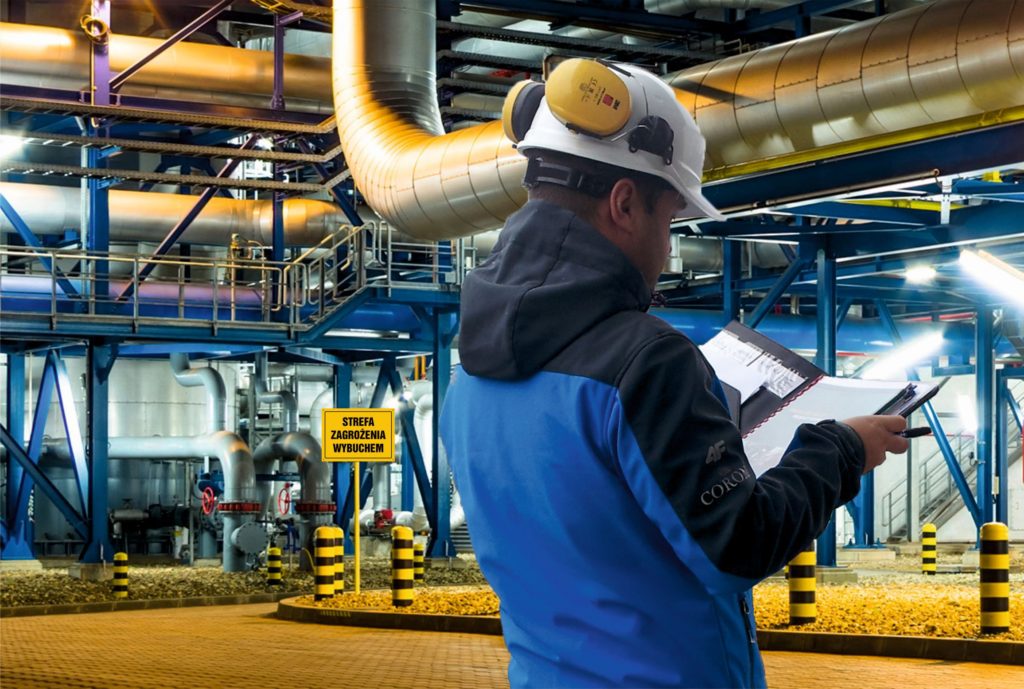
Many types of industrial dusts (delivered to production process as substrate or generated as byproduct), at a sufficient concentration generate hazard of explosion (when ignition source and access to air is provided). Flammability and explosiveness parameters of dust have to be recognized, as risk assessment and adequate protection against explosion or fire in installation can be provided.
The most representative sample of dust being studied is one downloaded directly from installation or settled one, in an amount of 2 – 4 kg. Before study starts, CORONA prepares a sample properly, providing moisture content (and dispersion of dust particles, when needed) examination. Moisture content lower than 10% qualifies the dust to further examination.
We provide dust examination in terms of:
Maximum pressure of explosion pmax and maximum rate of explosion pressure rise Kst,max
Lower Explosion Limit LEL
Minimum Ignition Temperature of a Dust Cloud TCL
Minimum Ignition Temperature of a Dust Layer T5mm
Minimum of ignition energy (MIE) (with or without inductance) – marking MIE in both ways
The self-ignition temperatures of dust layer TSI
Upper explosion limits in air LOC
Determination of dust explosion classes
Electrical Resistivity of dust in layers